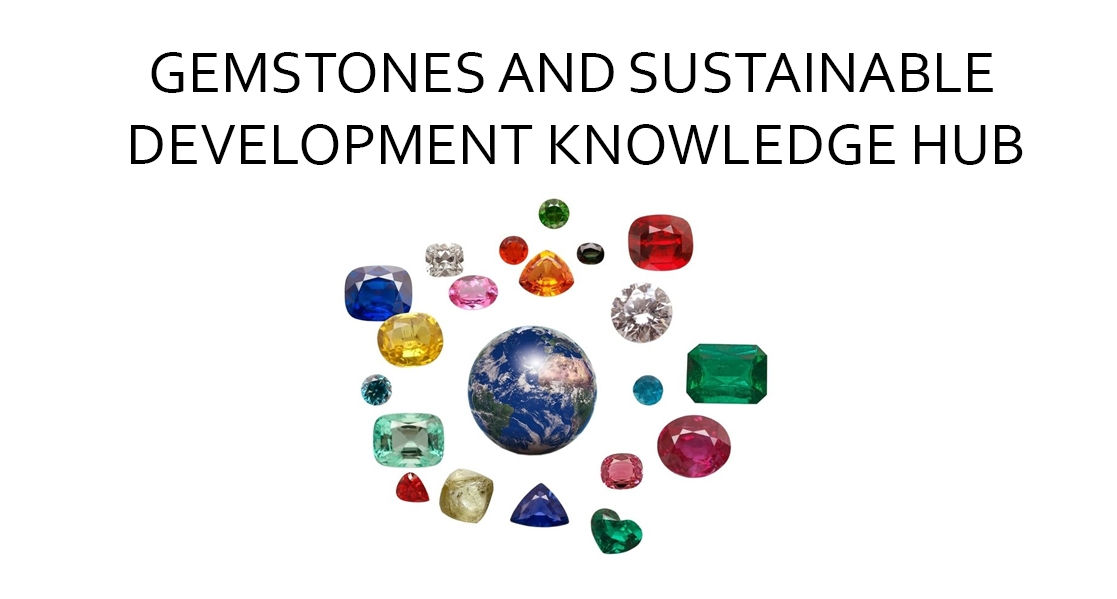Gemstone Mining Techniques
The mining techniques adopted to extract gemstones invariably reflect the nature of the deposit: primary deposits (in hard rocks, worked underground or in open pits) and secondary deposits (found in sedimentary, soft-rock, placers). The mineralogy of a gem dictates the type of geological environment in which it can be found. The necessary chemical ingredients, temperatures, and pressures were required in order to allow gems to grow. This means that the rocks and placers hosting gemiferous resources vary widely. Whereas important emerald sources all constitute primary deposits, ruby, sapphire, spinel, and other gems can often be found in secondary alluvial deposits. Considering that miners follow tectonic structures, the geology of gem deposits is central to subsequent extraction methods and intrinsic to the environmental consequences that can potentially arise. A notable difference between primary and secondary deposit is the use of explosives in the former but not the latter. This means that different regulatory approaches may be required.


